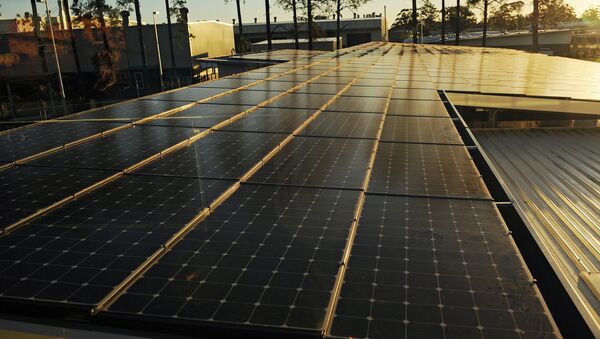Common solar panels are not transparent like an ordinary window, they are either black and made of silicon, or blue and made of polycrystalline solar cells — silicon melted down and poured into squares.
According to NREL, the color change is caused by molecules of methylamine. When the device is exposed to sunlight, the molecules are driven out, transforming from transparent to tinted to generate electricity (with less than 3 percent visible transmittance). When the sun is not shining, the device is cooled and molecules are reversibly absorbed into the window, turning it transparent (with 68% percent visible transmittance).
architectmag: This Week in Tech: A Two-In-One Window and Solar Panel.
— Basque Design Museum (@basque_design) 2 декабря 2017 г.
Plus, Tesla installs the world's largest energy storage facility in under 100 days, autodesk to cut nearly 1,200 jobs, and more design-tech news from this week. … pic.twitter.com/FgjqJKIOA5
The prototypes tested showed a solar power conversion efficiency of 11.3 percent.
"There is a fundamental tradeoff between a good window and a good solar cell," said NREL scientist Lance Wheeler said in a news release. "This technology bypasses that. We have a good solar cell when there's lots of sunshine and we have a good window when there's not."
According to Wheeler, the new technology, once perfected, will be integrated into vehicles, and dwellings, to power all manner of devices and machines.




